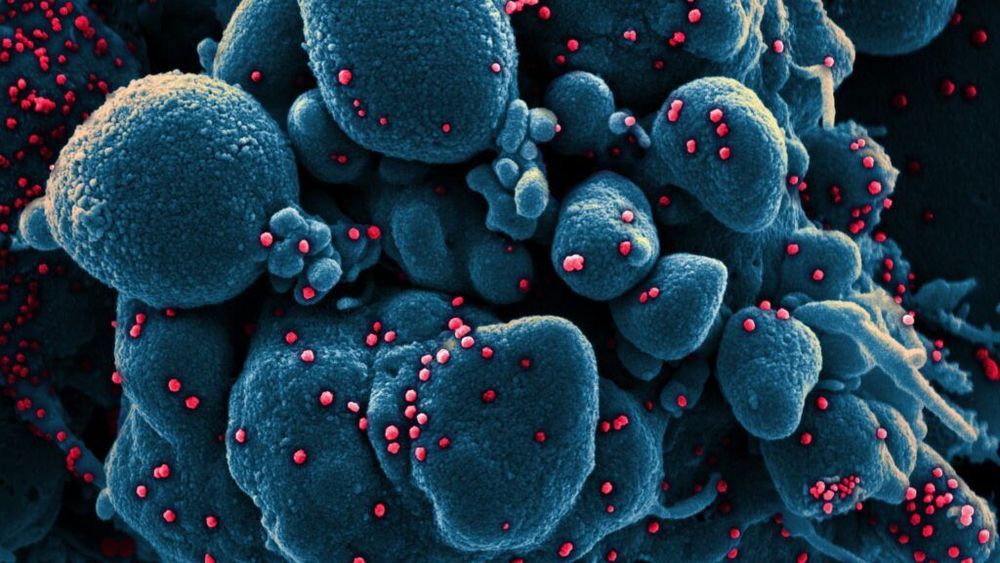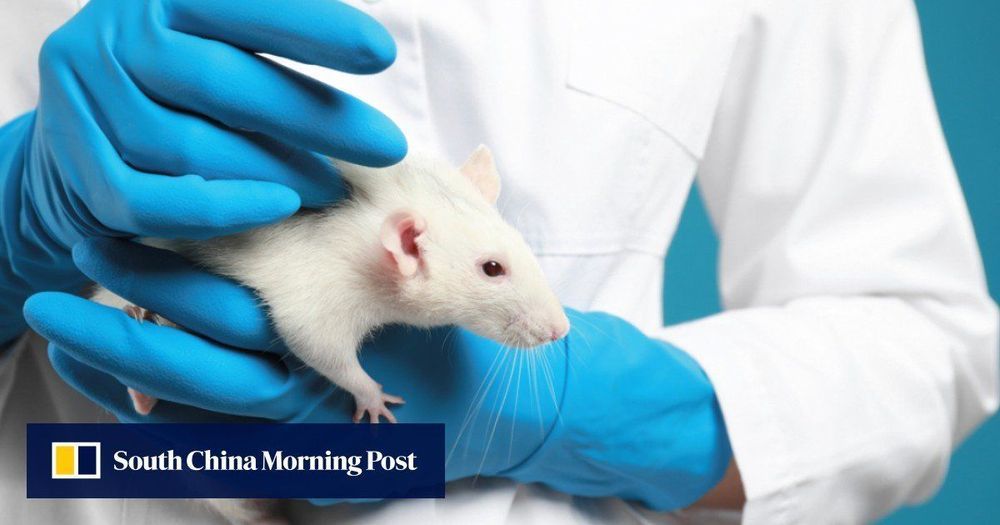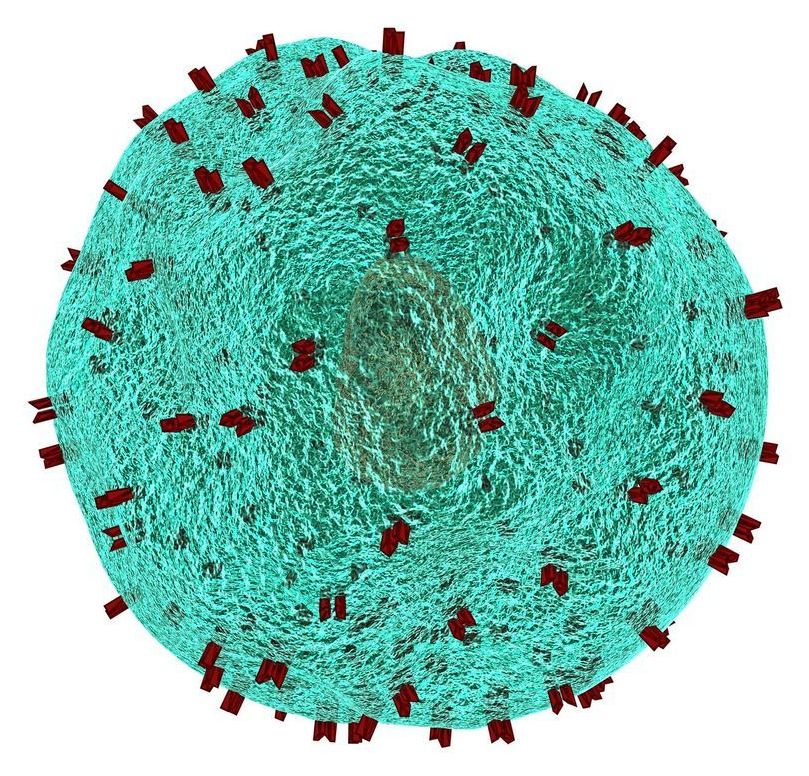Vir Biotechnology, a San Francisco-based biotechnology firm, said Wednesday that laboratory testing showed two of its antibody drugs appeared to neutralize the coronavirus that causes Covid-19 and that it would pursue testing them in people.
The company said that human tests of the drugs could begin in three to five months, putting it roughly in line with two other efforts to produce anti-coronavirus antibodies. Regeneron, based in Tarrytown, N.Y., has said that its antibodies could enter trials by early summer — and that its treatment, if it proves effective, could be available for some uses in the fall. Eli Lilly, which is developing anti-SARS-CoV-2 antibodies with AbCellera, a Vancouver biotech, has said it hopes to begin human tests in four months.
“Stopping this disease will take a combination of prevention and treatment approaches,” Vir CEO George Scangos said in a statement. “At Vir, we are fortunate that our existing antibody platform gave us a running start against COVID-19, and we have the internal and partnered capabilities to work on multiple approaches.”







